CEDRIG Opérationnel
Rapport PDFHorti-sempre: Increasing the income of smallholders through horticulture in the Nacala Corridor
Vue d'ensemble
Informations Générales
Auteur
Michael Fink
Dernière mise à jour
juin 2019
Objectif général
Horti-sempre, Phase 2 overall objective is to increase the annual net income of 25,000 smallholders by 30% against baseline by supporting the growth of the horticultural sector in Northern Mozambique in view of its proven importance as income creator.
Pays
- Mozambique
Budget
6,500,000 CHF
Durée de l’activité
01/2017 - 12/2020
Sommaire
Description
The overall objective of the Horti-Sempre Phase 2 Project is to increase smallholder’s annual net income by 30% against baseline by supporting the growth of the horticultural sector in Northern Mozambique in view of its proven importance as income creator. To fulfil its mission and reach the overall objective, Swisscontact proposes for Horti-sempre Phase 2 a logic of intervention based on three main Outcomes that unfold around three main project components namely (1) inputs and practices, (2) irrigation and (3) sector competitiveness. OUTCOME No 1: Productivity of horticultural smallholders in the Nacala Corridor in Northern Mozambique increased. OUTCOME No 2: Horticultural smallholders in the Nacala Corridor in Northern Mozambique increased their area under irrigation. OUTCOME No 3: Market responsiveness and competitiveness of the horti-cultural sector in Northern Mozambique is increased. The three components will be complemented with two transversal topics: Women’s Economic Empowerment (WEE) throughout the different interventions and through special women targeted interventions and access to existing funding options. Based on experience from Phase 1, Swisscontact estimates that Horti-Sempre Phase 2 has the potential to reach 10'000 semi-commercial and 15'000 subsistence male and female smallholders in Northern Mozambique increasing their income by up to 30%.
Secteurs d’intervention
- Agriculture
- Sécurité alimentaire
- Développement rural
- Gestion de l’eau
Documents
Images
-
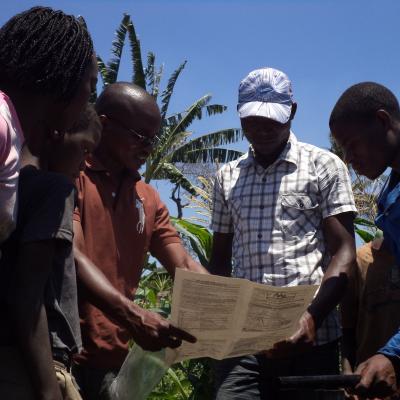 Training on affordable irrigation solution (hip-pump)
Training on affordable irrigation solution (hip-pump) -
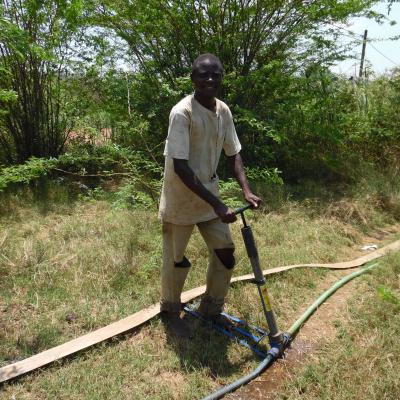 Affordable irrigation solution (hip-pump)
Affordable irrigation solution (hip-pump) -
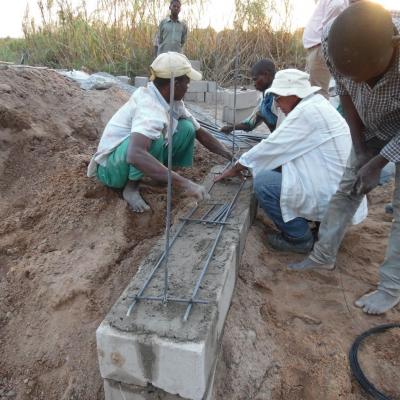 Construction of underground dam
Construction of underground dam -
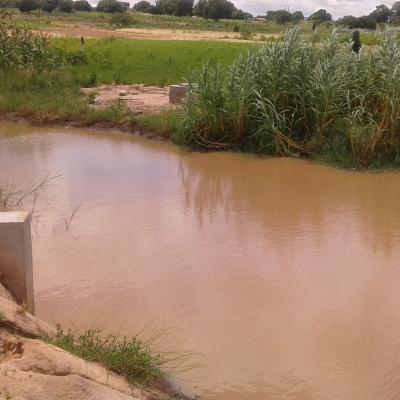 Underground dam (capacity to capture 10,000m3 water)
Underground dam (capacity to capture 10,000m3 water) -
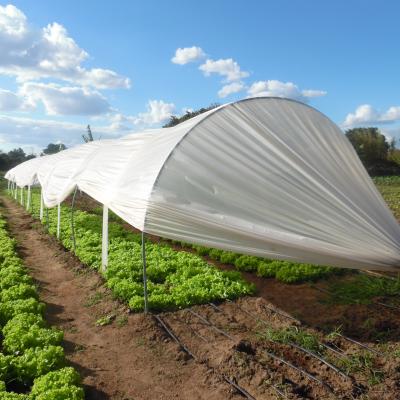 Improved lettuce variety Veneranda from Brazil under protected cultivation (mini-tunnel) with drip-irrigation system
Improved lettuce variety Veneranda from Brazil under protected cultivation (mini-tunnel) with drip-irrigation system -
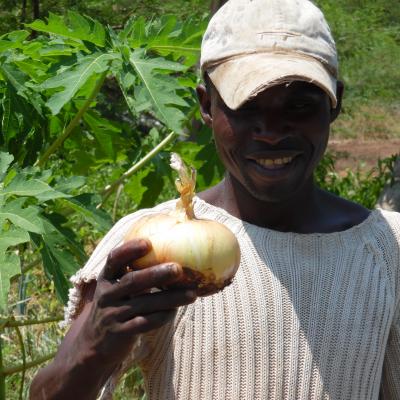 Improved onion vareity IPA 11 from Brazil adapted to tropical climate wtih longer shelf-life
Improved onion vareity IPA 11 from Brazil adapted to tropical climate wtih longer shelf-life -
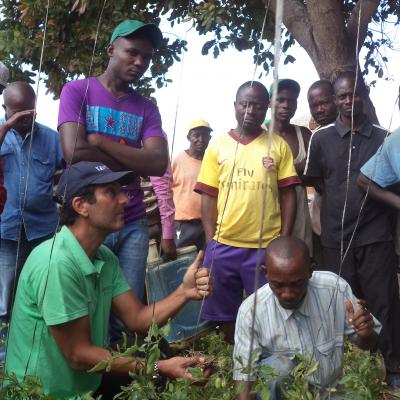 Training on good agricultural practices (tomato staking)
Training on good agricultural practices (tomato staking)
Logos
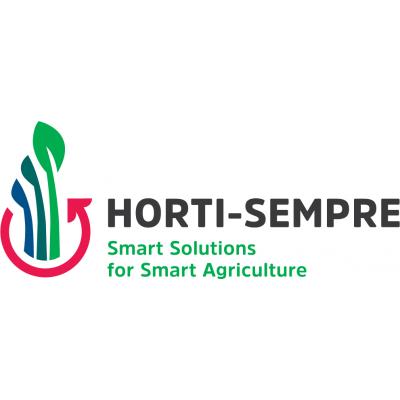


Perspective des risques
Aléas dûs à la dégradation de l’environnement
Nom de l'aléa
Dégradation (terres, sols, écosystèmes, biodiversité)
Conséquence
Key consequences are lower yields due to degraded soil and higher need of farmers to use inputs (fertilizers); land conflicts possible
Gravité
Nuisible
Vulnérabilités
Natural vulnerabilities due to overexploitation, soil compactation and erosion
Probabilité
Probable
Importance
Risque moyen
Risque sélectionné
OuiMesure sélectionnée
OuiMesure sélectionnée
OuiMesure sélectionnée
OuiNom de l'aléa
Nuisibles et épidémies
Conséquence
Key consequences are crop losses (sometimes failure) and that farmers avoid production in warmer and wetter months of the year
Gravité
Nuisible
Vulnérabilités
Combined physical and financial vulnerability due to lack of availability and access to equipment and production tools; human vulnerability due to limited know-how on how to deal with pest and epidemics
Probabilité
Probable
Importance
Risque moyen
Risque sélectionné
OuiMesure sélectionnée
OuiMesure sélectionnée
OuiMesure sélectionnée
OuiMesure sélectionnée
OuiAléas naturels (hydro-météorologiques et géologiques)
Nom de l'aléa
Vagues de chaleur
Conséquence
Key consequences include a shortening of the growing season, crop failure (no yield) or crop losses (lower yields) due to burning of plants
Gravité
Nuisible
Vulnérabilités
Hardware bottlenecks: Physical vulnerabilities due to lack of agricultural equipment (irrigation schemes, protected cultivation, e.g. greenhouses) linked to financial vulnerability as no capacity to invest in adequate equipment; Software bottlenecks: human vulnerability due to lack of knowledge on available, affordable solutions such as heat tolerant seeds.
Probabilité
Très probable
Importance
Risque élevé
Risque sélectionné
OuiMesure sélectionnée
OuiMesure sélectionnée
OuiMesure sélectionnée
OuiMesure sélectionnée
OuiMesure sélectionnée
OuiNom de l'aléa
Inondations
Conséquence
Destruction of basic infrastructure and crops in early stage of growth, destruction of trade infrastructure (e.g. bridges and roads)
Gravité
Très nuisible
Vulnérabilités
Physical vulnerability due to poor protective infrastructure (e.g. dams); financial vulnerability due to limited cash for re-purchasing seeds, equipment and additional labour for re-sowing and land preparation
Probabilité
Probable
Importance
Risque élevé
Risque sélectionné
OuiMesure sélectionnée
OuiMesure sélectionnée
OuiAléas dûs aux changements climatiques (et à la variabilité du climat)
Nom de l'aléa
Modifications des saisons
Conséquence
It is difficult for farmers to predict the start of the rainy season. Due to a delayed start of the rainy season, the growing cycle is postponed into the hot season when it is difficult to produce horticulture. Higher risk of pests due to humidity.
Gravité
Nuisible
Vulnérabilités
Combined physical and financial vulnerability due to lack of availability and access to equipment and production tools; human vulnerability due to limited know-how on coping strategies to deal with erratic rainfall patterns
Probabilité
Très probable
Importance
Risque élevé
Risque sélectionné
OuiMesure sélectionnée
OuiMesure sélectionnée
OuiMesure sélectionnée
OuiMesure sélectionnée
OuiMesure sélectionnée
OuiMesure sélectionnée
OuiMesure sélectionnée
OuiAdapter le projet
Perspective des impacts
Impacts sur l’environnement
Élément du projet
Underground dams
Impact négatif potentiel
Small-scale rainwater retention to increase soil humidity might potentially change the ecosystem; limited additional pollution due to the plastic used to build the dam
Élément du projet
Inputs (fertilizer & pesticides)
Impact négatif potentiel
Use of fertilizer and pesticides by horticulture smallholders is common, and sometimes not correctly applied with negative impact on the soil (over-fertilizing)
Impact sélectionné
OuiMesure sélectionnée
OuiÉlément du projet
Introduction of tropicalized varieties from Brazil
Impact négatif potentiel
Introducing new horticultural crop varieties has the potential to seriously affect the biological balance in the country by introducing exotic diseases and harming local biodiversity.
Impact sélectionné
OuiMesure sélectionnée
OuiImpacts sur le climat
Élément du projet
Increasing volumes and de-seasonalization of horticulture production
Impact négatif potentiel
Possibly increasing emissions of Greenhouse Gases (GHG) due to increased local horticultural production and related transport volumes.
